
Water Hammer - Control Valve Solutions
What is a control valve? What does a control valve do and how can it help?
Control valves are regulating valves. They maintain certain pressure, flow or level regardless of changes in the supply network, and therefore help reduce water losses and contribute to efficient water supply.
Automatic control valves are used to obtain efficient flow management and pressure resulting in reduced:
- Risk of water hammer and pipe bursts.
- Water loss through leakages.
- Disruption to consumers.
- Minimized risk of contamination and increased savings for water companies.
Main Features - AVK Control Valves. The safe choice, offering accurate regulation, easy maintenance as well as long durability:
- All non-coated metal parts of stainless steel AISI 316 as standard.
- Fusion bonded epoxy coating (300 micron) - GSK approved.
- AVK's own, drinking water approved, rubber compounds.
- Speed for control for plug movement.
- Parabolic plug design to provide precise regulation and stability at low flow.
- Large diaphragm to secure fast reaction to minor changes in pressure.
- Lifted seat to prevent damage caused by cavitation inside the valve body.
- AVK design, manufacture and 100% pressure test.
To know more about control valves in the network contact Anthon directly on the details shown, simple click the icon to email. Download the brochure or follow the links below to see the AVK range of control valves.
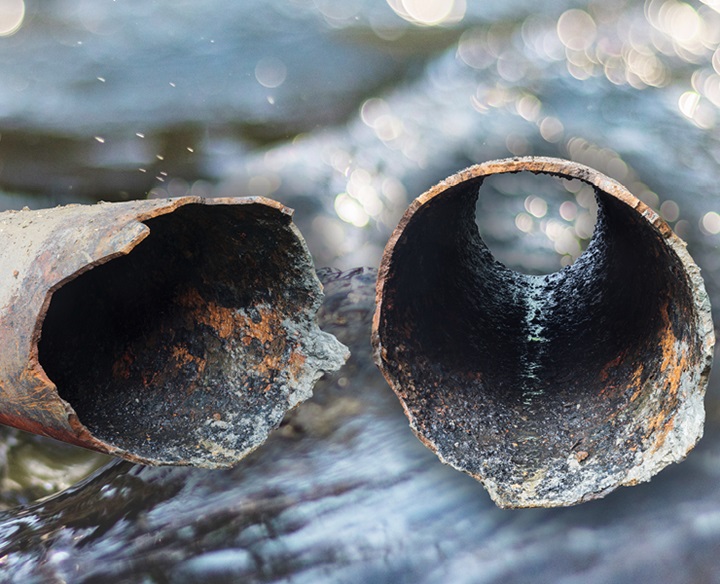
Water Hammer Issues
Caused when shock wave of water hits an obstacle potentially destroying pipe and equipment
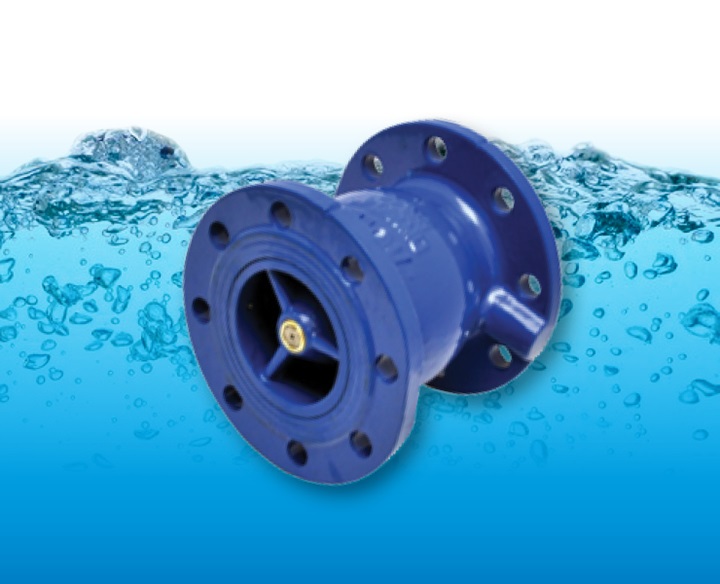
Water Hammer Non Return Valve Solutions
Non return valves protect the pump and system by reducing the risk of high transient pressures
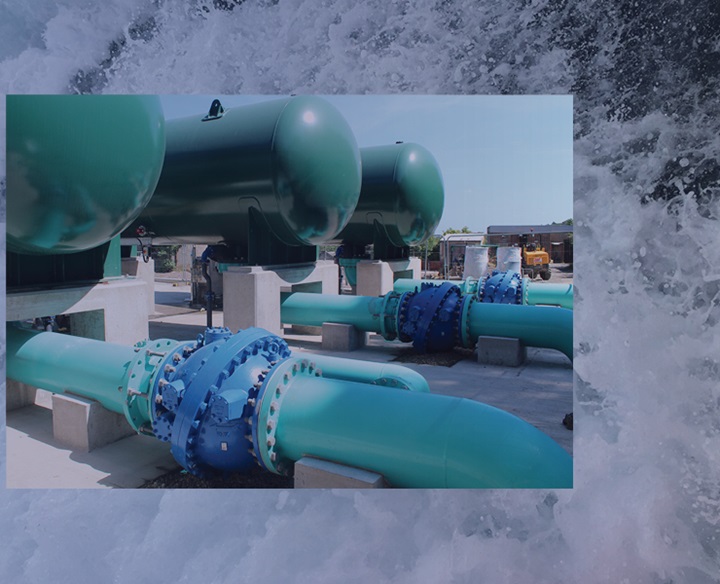
Network Safety Solutions Home Page
Return to AVK Network Safety Solutions home page
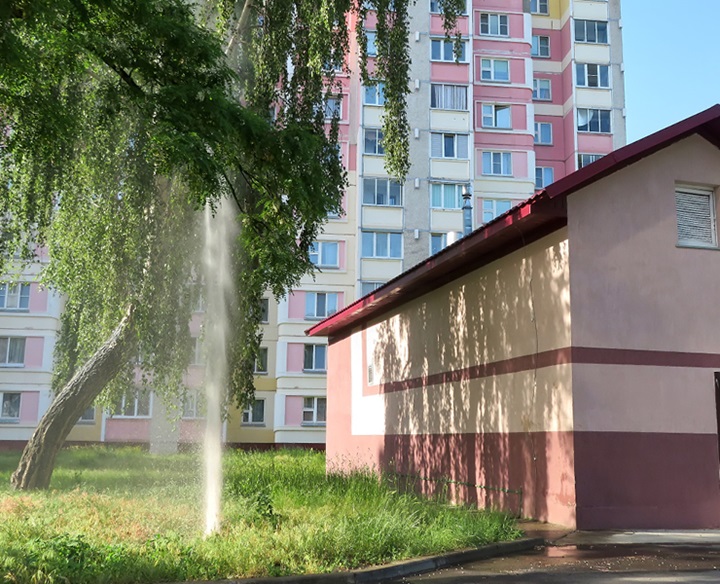
Air Release and Vacuum Issues
Air collecting at high points of the system reduces pump efficiently and ultimately burst pipes

Vacuum Issues
Negative Pressure in a pipeline causes it to implode and buckle in extreme conditions
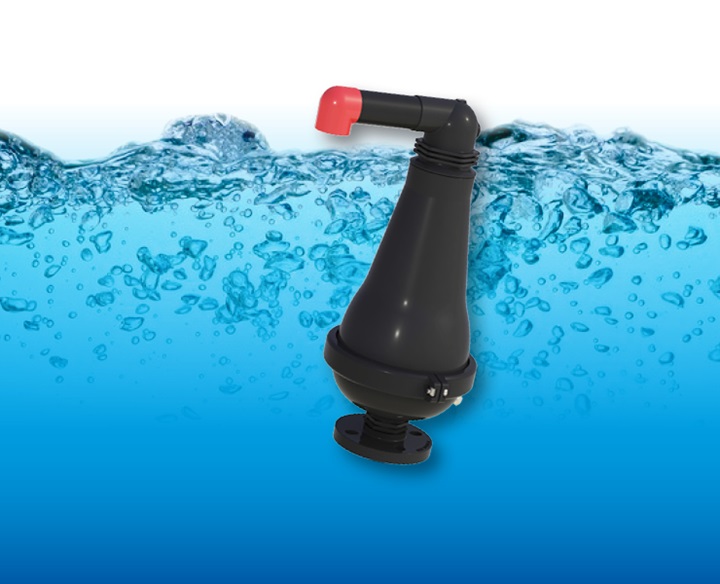
Air Release and Vacuum Solutions
Air Valves improve pipeline performance, managing air discharge, increasing system efficiency





